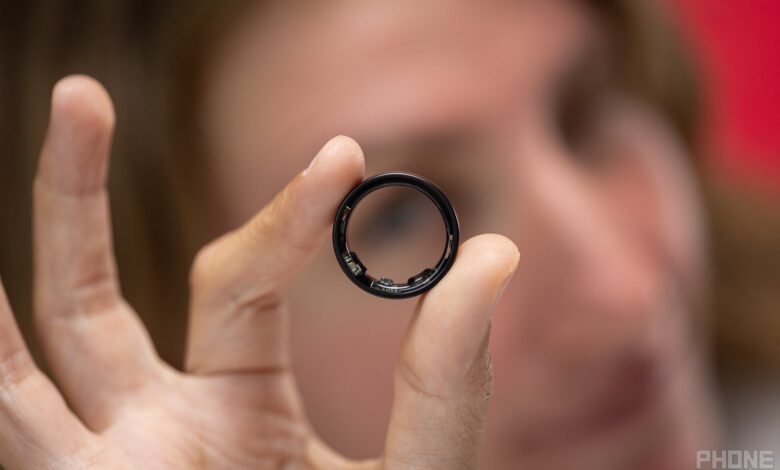Galaxy Ring teardown shows a darker side of Samsung’s finger wearable


Samsung has designed the Galaxy Ring to be extremely durable against the environment, with IP68 water and dust resistance rating, the ability to withstand pressures equivalent to a depth of 100 meters, and Titanium Grade 5 frame to protect it against scratches and blunt damage.
Also read: Samsung Galaxy Ring review
The main issue
As the folks at iFixit emphasize, the issue is not with the ring’s durability, but with its lithium-ion battery. Lithium-ion batteries, while ubiquitous in modern electronics, have a limited number of charging cycles before they begin to degrade. Once a battery reaches its end-of-life, it becomes impractical or impossible to replace.
The Galaxy Ring is a prime example of toxic technotrash
The disposability of devices like the Galaxy Ring has significant environmental implications. As these devices reach the end of their lifespans, they contribute to the growing problem of electronic waste. The materials used in their construction, especially the lithium-ion battery, can be harmful to the environment if not disposed of properly, which is unsurprisingly difficult when the device is as tiny as ring.iFixit’s analysis of the Galaxy Ring serves as a stark reminder of the need for more sustainable and repairable electronic devices. Consumers should be aware of the environmental impact of their purchasing decisions and seek out products that are designed to be repaired and reused. Additionally, manufacturers should be encouraged to adopt more sustainable practices and prioritize repairability in their product designs.
While the Galaxy Ring may offer a unique and stylish wearable experience, its disposable nature raises serious concerns about its long-term viability and environmental impact. As consumers become increasingly aware of the importance of sustainability, it is essential that manufacturers prioritize repairability and minimize the environmental footprint of their products.
Source link


